
 By Natali Moss
By Natali Moss
According to the publication, the MIC of the Russian Federation can double the production of "Shahamed" and other shock drones to 60 thousand per year or 5 thousand a month. NYT notes that three years ago the launch of 43 Iranian drones in Ukraine caused resonance. On the night of September 7, 2025, Russia attacked Ukraine more than 800 drones and false purposes. According to the Air Force of the Armed Forces, in 2025 Russia launched 34,000 drones, which is 9 times more than last year.
Ukraine knocks 88% of them compared to 93% in 2024, but it is difficult to check this data. Russian drones, along with rockets and baits, overload Ukrainian air defense, attacking infrastructure, weapons and cities. Russia uses swarms of drones, tangled routes and false foam goals that are difficult to distinguish from the real ones. Drones fly over rivers and forests, avoiding air defense, and in cities it is difficult to knock them because of the risks for civilians.
In addition, Russian drones are improving: new guidelines, obstruction resistance and various warheads make them more dangerous. Recent incidents in Poland and Romania have shown that Russian attacks are threatening NATO, which may face thousands of drones in the future. Aviation expert Konstantin Krivolap in his analysis draws attention to the problem of assessing the number of shock drones used in the war, including Russian forces.
The question of the total number of such drones raises difficulty, since this category includes different types of drones, from small devices with minimal load to powerful machines with a serious combat part. The absence of clear criteria complicates the analysis and makes common numbers conditional, similar to "average temperature at the hospital".
According to the expert, at the beginning of the war, in 2022-2023, Ukraine had a significant advantage over Russia in the field of drones, in particular due to the rapid development of technology and mass use of drones on the front. However, as Krivolap notes, the situation has now leveled: the capabilities of both parties are becoming more and more similar, and none of them has clear dominance on the front line.
This applies to both the quantity and the technical characteristics of the drones used in hostilities. "However, in the field of long-range blows, Russia has the advantage. Russian troops actively develop the production of drones of" Shahaned "and" Herbera ". If earlier" gerberas "were used mainly as drones-bait, then they are equipped with combat units weighing from 5 to 10 kg. It is 2-3 thousand units on a monthly basis.
According to Krivolap, the production of Herbera is also increasing: Russia is able to produce from 5 to 15 thousand such drones a month. However, not only production but also the organization of their launch remains the key issue. Currently, the ratio of Shakh and Gerbera's launches is approximately 40-60%, and Shahda is dominated by their efficiency. These drones were more effective than artillery shells because they are able to cause significant lesions.
Russia is also actively expanding the infrastructure for drones. Currently, there are 7-8 specialized sites, of which Shahda is launched, and 11 more are under construction. In addition, less protected areas in different cities are created for additional launches. "The main enterprises, such as" Alabuga "," Dome "in Izhevsk and the plant in Tula, play a key role in the production of both drones and their components.
These plants are constantly modernized, which allows Russia not only to increase the number, but also to improve the technical characteristics of drones," - emphasizes. According to Krivolap, modern "chewing" is no longer limited to flights according to the given coordinates. Some of them are equipped with cameras and operates in FPV-auctions, which allows operators to receive and transmit information in real time.
"For this purpose, both foreign technologies, including Starlink satellite, and terrestrial relayrs, which process signals and transmit data through the Internet. This significantly increases the effectiveness of drones, allowing to more accurately affect the goals and complicate their interception," the expert continues. Krivolap notes that Ukraine remains the main target of Russian drones, where they are used to task strokes in military and civilian sites.
At the same time, Russia can gradually increase provocations against NATO countries using Gerbers and other drones to test the Alliance's reaction. "The Russians will check NATO patience to evaluate when and under what conditions the heel of NATO's charter may be activated. Such actions may be part of a strategy of" slow cooking frog "when Russia gradually increases the tension, avoiding sharp steps that could provoke an immediate reaction.
Despite the growth of Russian opportunities, Ukraine continues to actively counteract the enemy's drone, developing its own air defense technologies and drones. However, as the expert emphasizes, a key challenge for Ukraine is not only quantitative but also qualitative improvement of their own drones, as well as the effective destruction of Russian infrastructure for their production and launch.
The situation with drones remains dynamic, and its development will depend on the ability of both parties to adapt to new technologies and tactics. Recall that the Commander -in -Chief of the Armed Forces Alexander Syrsky announced the creation of an echeloric system of counteraction to the drone Shahd. It will include radars, IEPs, air defense, aviation and mobile groups for UAV interception. The focus analyzed how the system will distribute the load and what obstacles to create it.


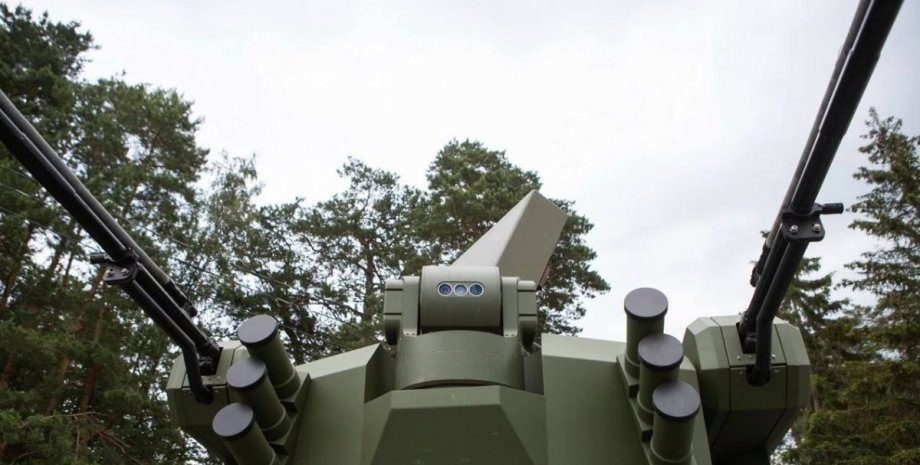
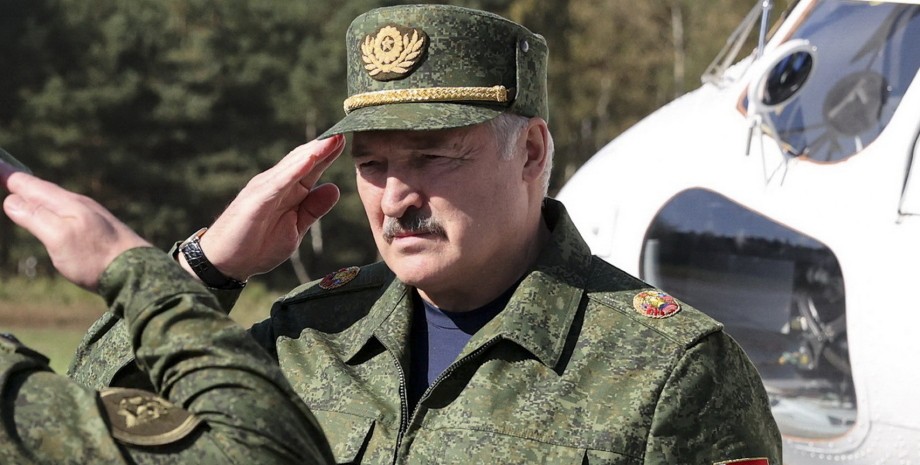
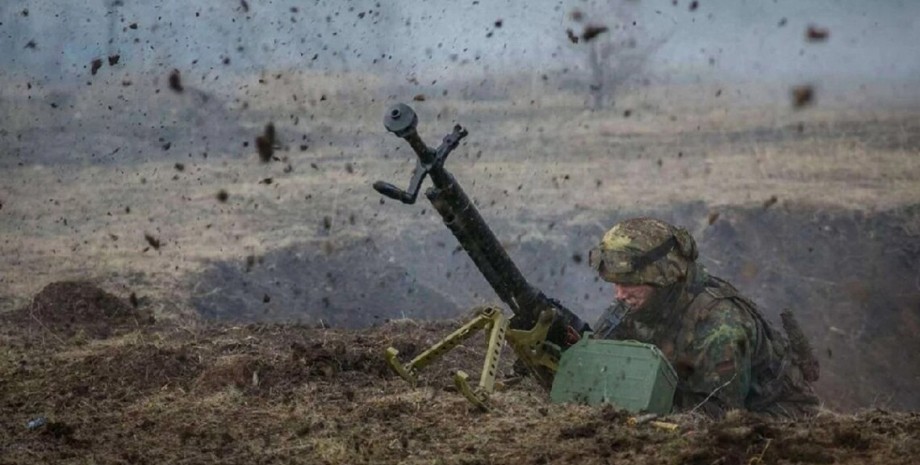

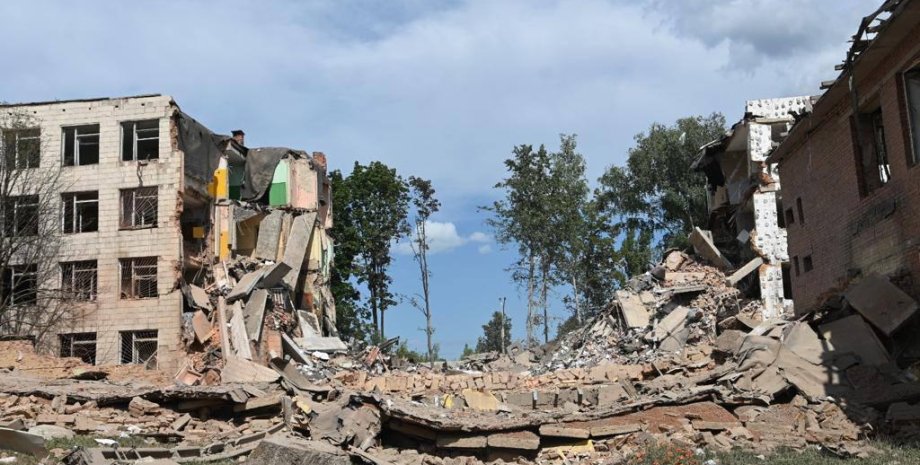
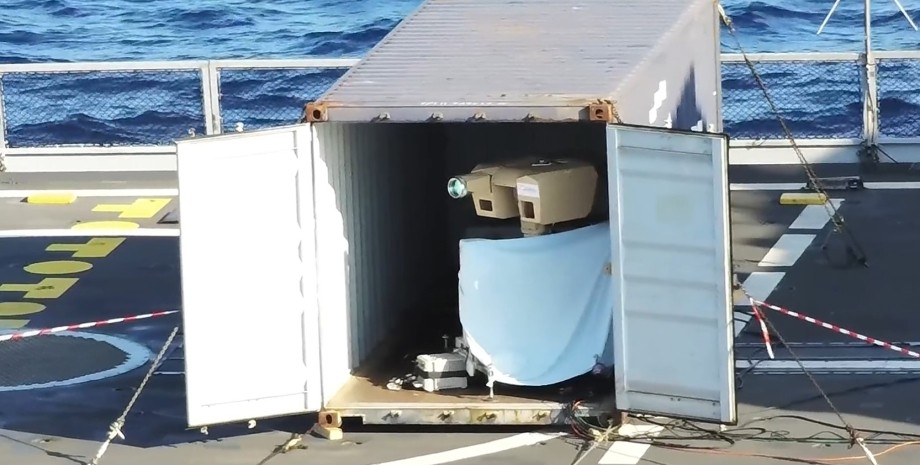
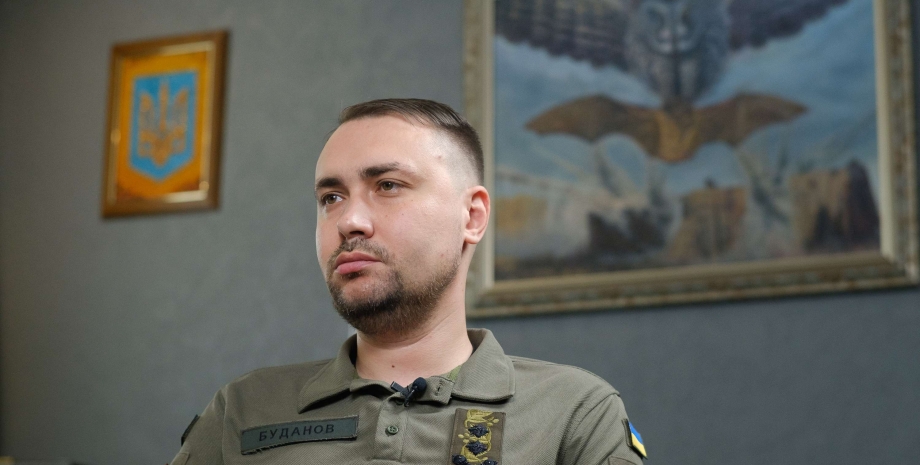
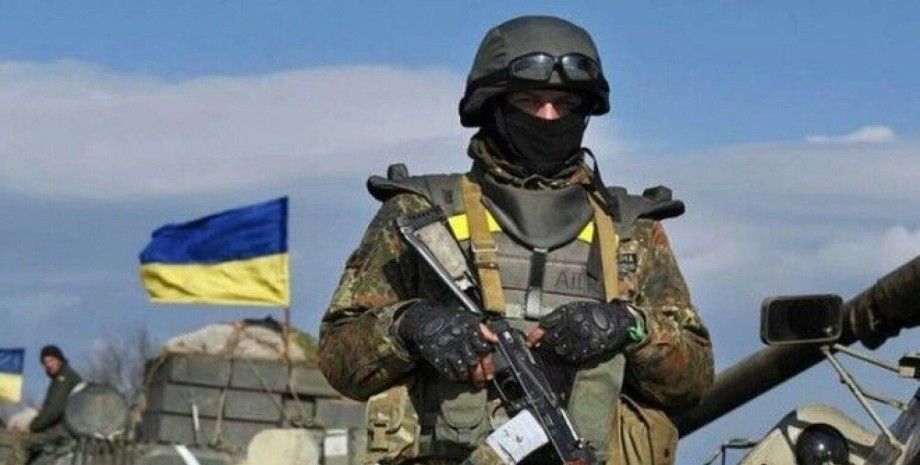
All rights reserved IN-Ukraine.info - 2022